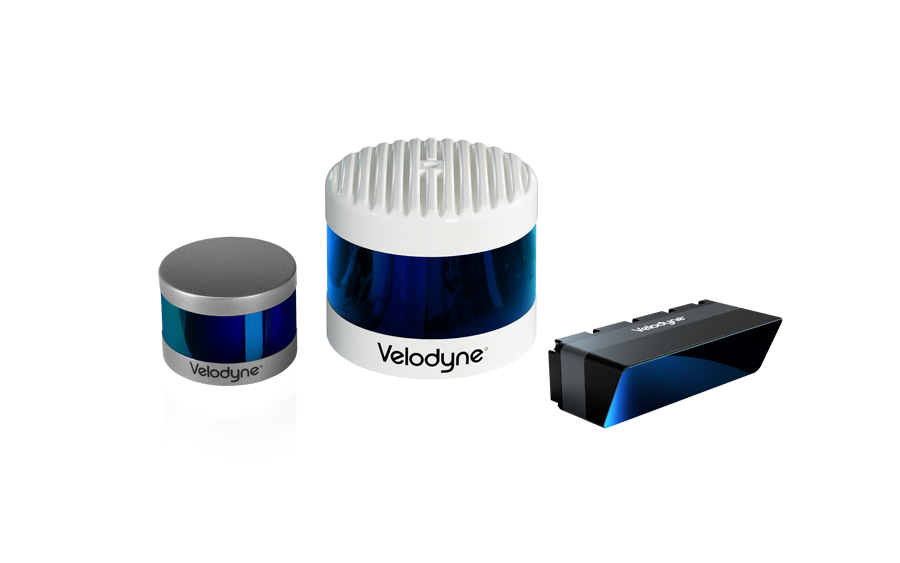
A recently published white paper developed by Frost & Sullivan calls on the auto industry to clarify and standardize marketing terminology for driver assistance and self-driving technologies. It also finds that lidar technology can “enable significant advances in driver assistance” and calls lidar “the key technology to enable both full driving autonomy as well as safe driver assistance.”
“The significant driver experience and safety gains that advanced driver assistance systems can provide are being overshadowed by the confusion created from misalignment of marketing claims and vehicle capabilities”
The Velodyne Lidar-sponsored white paper, called “A Safety-first Approach to Developing and Marketing Driver Assistance Technology,” can be downloaded here.
Terminology Can Promote Safety
SAE International developed definitions for different levels of vehicle automation – Levels 0 through 5. The report calls on the industry to eliminate Level 3, where drivers need to intervene and rapidly control the vehicle when automation fails. In its place, the recommendation is to categorize vehicles as having Level 2+ (advanced driver assistance systems – ADAS) or Level 4+ (autonomous vehicles) capabilities, creating “a clear boundary between the levels of automation that require an attentive driver (Level 2+) and those that do not (Level 4+).” This change can reduce confusion about the definition and appropriate use of “self-driving.” The report recommends that any vehicle below Level 4 not be marketed as being “autonomous” or “self-driving.”
“The significant driver experience and safety gains that advanced driver assistance systems can provide are being overshadowed by the confusion created from misalignment of marketing claims and vehicle capabilities,” said Dr. Rajender Thusu, Industry Principal, Frost & Sullivan, the white paper’s author. “The industry should adopt consistent nomenclature and avoid marketing spin. Segmenting vehicles as Level 2+ and Level 4+ would help significantly reduce confusion about the meaning of self-driving.”
Lidar Enhances ADAS Performance
The white paper examines how Level 2+ vehicles can be optimized for safety by utilizing lidar technology with complementary cameras and radar. Lidar-enabled perception systems enhance ADAS features such as Automatic Emergency Braking (AEB), Adaptive Cruise Control (ACC), and Lane Keep Assist (LKA).
The report observes that “unlike radar, lidar provides much higher resolution, enabling accurate object detection. Unlike cameras, lidar provides accurate depth perception, with distance accuracy of a few centimeters, making it possible to precisely localize the position of the vehicle on the road and detect available free space for the vehicle to navigate.”
Lidar technology can “offer a 360-degree horizontal field of view and up to 40-degree vertical field of view” – capabilities “essential for accurately locating the vehicle within its environment and planning its driving path.” It also points out how lidar “can operate in poor lighting conditions, unlike cameras, since lidars are their own light source.”

“With this white paper, Frost & Sullivan has contributed valuable insights to the industry dialogue on the best approach to future advanced driving safety systems,” said Marta Hall, President and CBDO, Velodyne Lidar. “After reviewing the report, it is clear the addition of lidar to ADAS provides essential intelligence to detect more objects and offer cars a more detailed view of their surroundings to maximize roadway safety.”

Velodyne Lidar (Nasdaq: VLDR, VLDRW) ushered in a new era of autonomous technology with the invention of real-time surround view lidar sensors. Velodyne, a global leader in lidar, is known for its broad portfolio of breakthrough lidar technologies. Velodyne’s revolutionary sensor and software solutions provide flexibility, quality and performance to meet the needs of a wide range of industries, including robotics, industrial, intelligent infrastructure, autonomous vehicles and advanced driver assistance systems (ADAS). Through continuous innovation, Velodyne strives to transform lives and communities by advancing safer mobility for all.